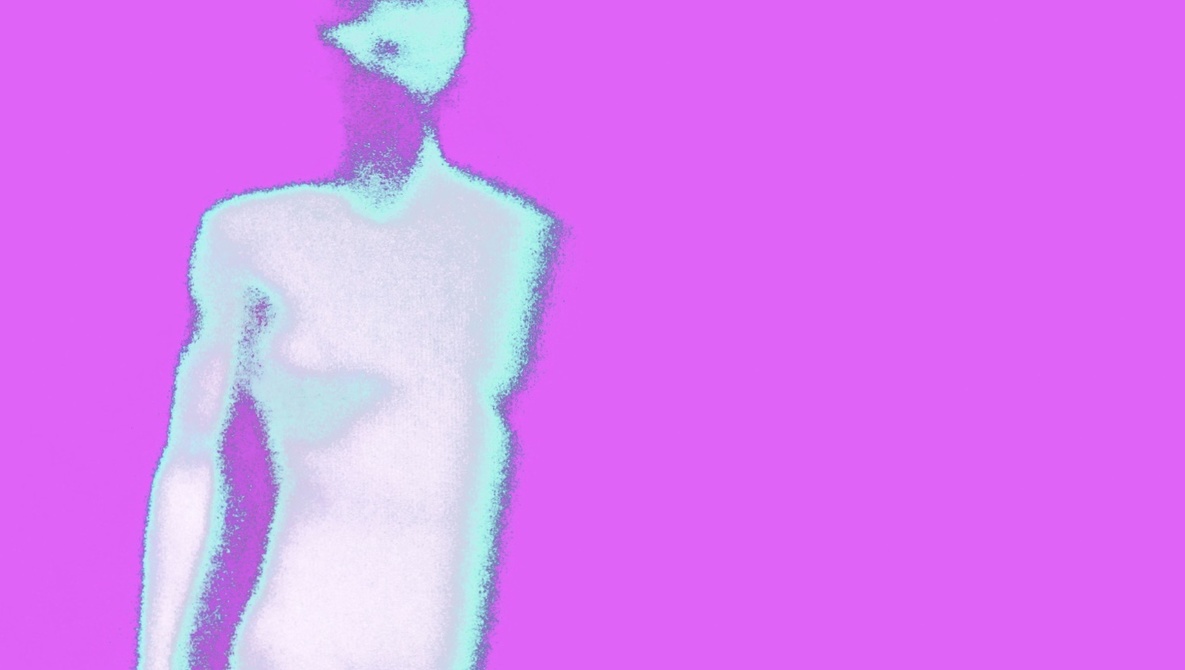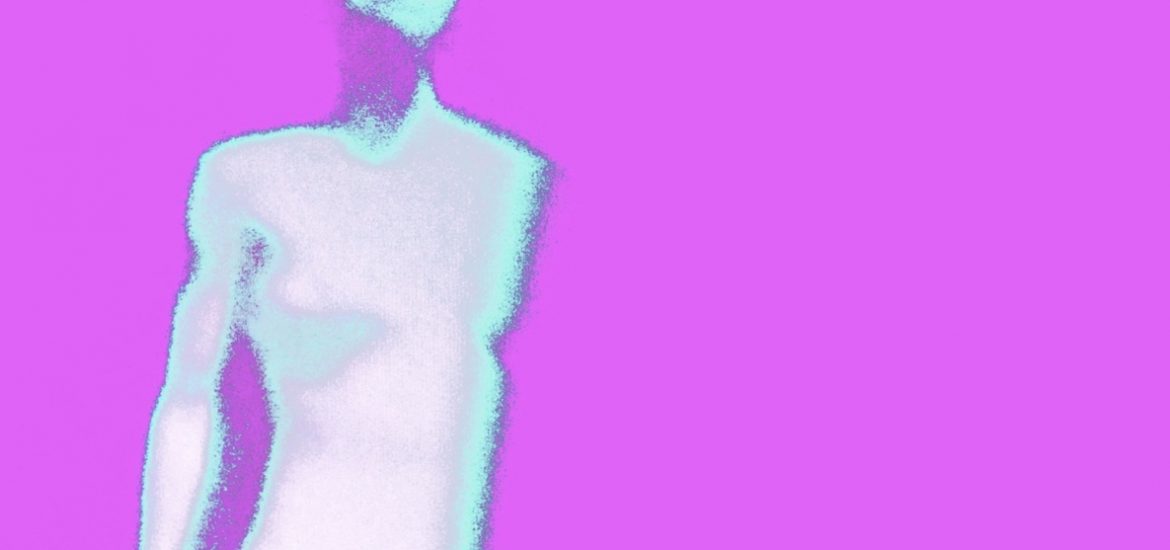
For some time now, I’ve been hearing that straight photography is dead. Well, dying anyway.
By “straight” photography, I am referring to the act of making an image that depicts a scene in sharp focus and with minimal manipulation. I say minimally, because historically, the “straight” photographers or “purists” did, in fact, enhance their images in the darkroom for things like exposure, contrast, tone, etc. What they did not do, in contrast to the pictorialists, is manipulate the image by adding Vaseline to their lenses or chemicals to their negatives and so on to achieve a more dreamy or painterly appearance. In other words, straight photography is about aiming the camera and taking a photograph — what you see is what you get. And, what you get is what you present to the world. Facing reality, as it were.
Today, most photographers load their images into Lightroom or Photoshop and manipulate their “negatives” into something more than merely what was “seen” by their camera. More and more, photographers seem to be leaning toward the “pictorialism” end of the spectrum and away from straight photography. As a street photographer, I immediately think about the “light and shadow” images that are very trendy right now in street photography. You know, the guy in the shadows where all you see is his fedora. Obviously, not a scene we actually see in the world, but one that is made on the photographer’s computer. For example, go to the featured photos on our homepage here and take a look. What do you see? I imagine, on most any day, you will see highly manipulated photographs, not straight photography. Even the whole Instagram filter craze (a bit passe now) was a prime example of how straight photography simply wouldn’t do.
Oddly, straight photography emerged (as a labeled entity) in response to pictorialism, and not the other way around. When photography was first invented, it was intensely compared to painting and other art forms where the artist’s “hand” was present in the result. Photography was a poor match for this kind of art, as it merely (but accurately) reproduced and by mechanical means to boot. Put differently, photography was not accepted as art because photographs were simply mechanical copies. Pictorialists intervened in the mechanical process (by way of manipulation) and produced photographs that were “artistically unique.” Over time, as our way of seeing adjusted to pictorialism, a new kind of photography would emerge — straight photography. Photographers like Paul Strand aimed to stand out from the crowd precisely because they used mechanical means to reproduce “pure” reality.
When humans look at art, we are, seemingly, always looking for new ways to see. We want to be enraptured by a disruption to our normal way of visually consuming. We want, simply put, to see something different. In this way, photography is (and always has been) a dance to produce something new from the relatively limited stuff of reality. And so, the pendulum swings between pictorialism (the Photoshop photographers in today’s terms) and the straight photographers (street and documentary photographers, for example). When we tire of a stream of visuals from one, we begin a shift toward the other. This has played out in the world of painting too. Various forms of realism to various forms of abstraction (put most simply).
So, is pure photography on the way out? No, you say. Indeed, someone in the comments will accuse me of feigning a crisis. This is not my intention. Seriously, I want to know if you believe that straight photography is going by the wayside? Will we all be compelled to sit in front of Photoshop and “manipulate” our images in order to attract attention to our work or sell our prints? Will there continue to be any value in a photograph that simply reproduces reality as it was seen? A point and shoot! I think this is a very valid question given what I am seeing in galleries and published in monographs.
Let’s examine this from a slightly different angle. Analog photography is a huge trend these days. Yet, I do not see much of the resulting photography in galleries or being published by major publishers. I don’t see much of this work winning major contests or getting any attention at all. Sure, we can see it on a Lomography website or at a street photography meetup, but not so much in the real world of photography outside of these niche venues. No one seems to be too impressed by it, other than other people who are also shooting film. In some ways, the act of shooting film seems to be more of an attraction than the actual product being produced (the analog photograph). So, how does this relate? Well, most analog photography (especially the stuff shot these days) is minimally manipulated or processed. Most analog photography we see today is a form of straight photography. Could I, then, take a Rollei 35 and a roll of Tri-X and hit the streets of New York and ever take a photograph that would compete with the images you see in the “featured photos” section on this website? Would I ever win a contest or get a print hung in a gallery by simply “aiming and clicking” and then straightforwardly developing the film? I think the answer is no, I would not. And neither would you.
I anticipate more criticism. But good photographs were always “manipulated,” you say. No one ever made a photograph that was just blindly processed that became an iconic image (at least aside from documentary photographs). Okay, I will bend a little. Yes, great photographers of eras past did, indeed, process their image and manipulate their prints in the darkroom. However, the degree to which these images were manipulated does not compare to what we see today. Today, a photographer routinely goes beyond “straight reality” in nearly every instance of Photoshop usage. The sky is bluer, the snow is whiter, the rain is wetter, and so on. Artistic license is employed to its maximum. This is what people expect now when they view “good” photography. A simple image, no matter how great in terms of subject matter, faces a steep uphill battle against the new pictorialists — the Photoshop photographers. If all you know is how to load film, focus your camera, and take a photo, you are doomed to failure. A statement that was not true just a decade ago.
